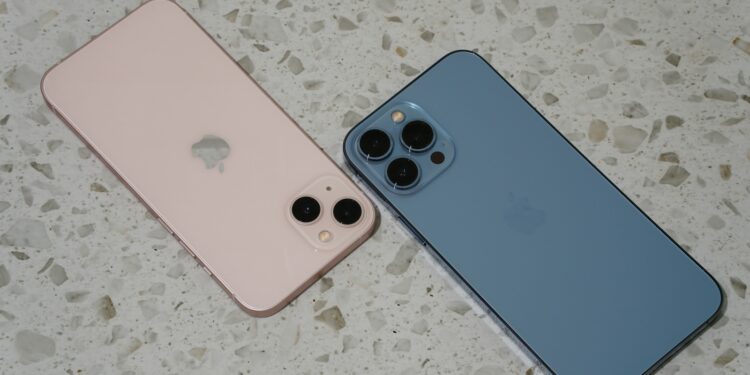The new iPhone 16 could feature an advanced camera sensor from Samsung. This news is generating great interest and high expectations among Apple fans and technology enthusiasts.
The camera is one of the most important features of a smartphone, and Apple has always placed great emphasis on integrating the best possible technology. With the iPhone 16, Apple could take a significant step by using camera sensors from Samsung for the first time. Until now, these were only supplied by Sony. But what does this change mean for users and what technical advantages does the new sensor bring? We want to answer these questions in this article.
Background and reasons for the change
Apple is currently testing advanced CMOS image sensors (CIS) from Samsung that may be used in the iPhone 16 later this year (via The Elec). This decision appears to be strategic in nature after Apple had problems with the timely delivery of Sony's sensors last year. Samsung was then commissioned to develop new image sensors. If the ongoing quality tests are successfully completed, this would be the first time that Samsung has supplied image sensors for the iPhone.
Technical details of the new camera sensor
Samsung's new image sensor features a more advanced three-wafer stack design. This design differs significantly from the two-stack designs used previously by distributing the photodiodes, transistors and analog-to-digital converters across three separate wafers. This has several advantages:
- Higher pixel density: By dividing the components into three wafers, the pixel density can be increased.
- Less noise: Separating the transistors from the photodiodes significantly reduces image noise.
- Smaller pixel sizes: The pixels can be smaller and therefore more sensitive and precise.
advantages of the new technology
Another technical advancement is the hybrid wafer-to-wafer interconnection via a copper plate, which eliminates the need for signal transmission contacts. This leads to several advantages:
- More compact design: The camera sensor can be made smaller, which creates space for other components in the smartphone.
- Increased data transfer speed: The direct connection enables faster data transfer between components, improving camera performance.
Expected innovations of the iPhone 16
The iPhone 16 lineup is expected to launch this fall with new camera features like a dedicated "Capture" button and a 48-megapixel ultra-wide-angle camera. These new features, combined with Samsung's advanced image sensors, could make the iPhone 16 one of the best camera smartphones on the market.
iPhone 16 with Samsung technology: The future of mobile photography
The possible switch from Sony to Samsung as the supplier of the camera sensors in the iPhone 16 could bring significant improvements for users. Thanks to the advanced technology of the new CMOS image sensors, Apple promises better image quality, higher pixel density and faster data transfer. The new camera features and technical innovations make the iPhone 16 an exciting upgrade for anyone who values high-quality smartphone photography. Stay tuned for the official announcements in the fall and experience the future of the iPhone camera. (Photo by Unsplash / Vanja Matijevic)





